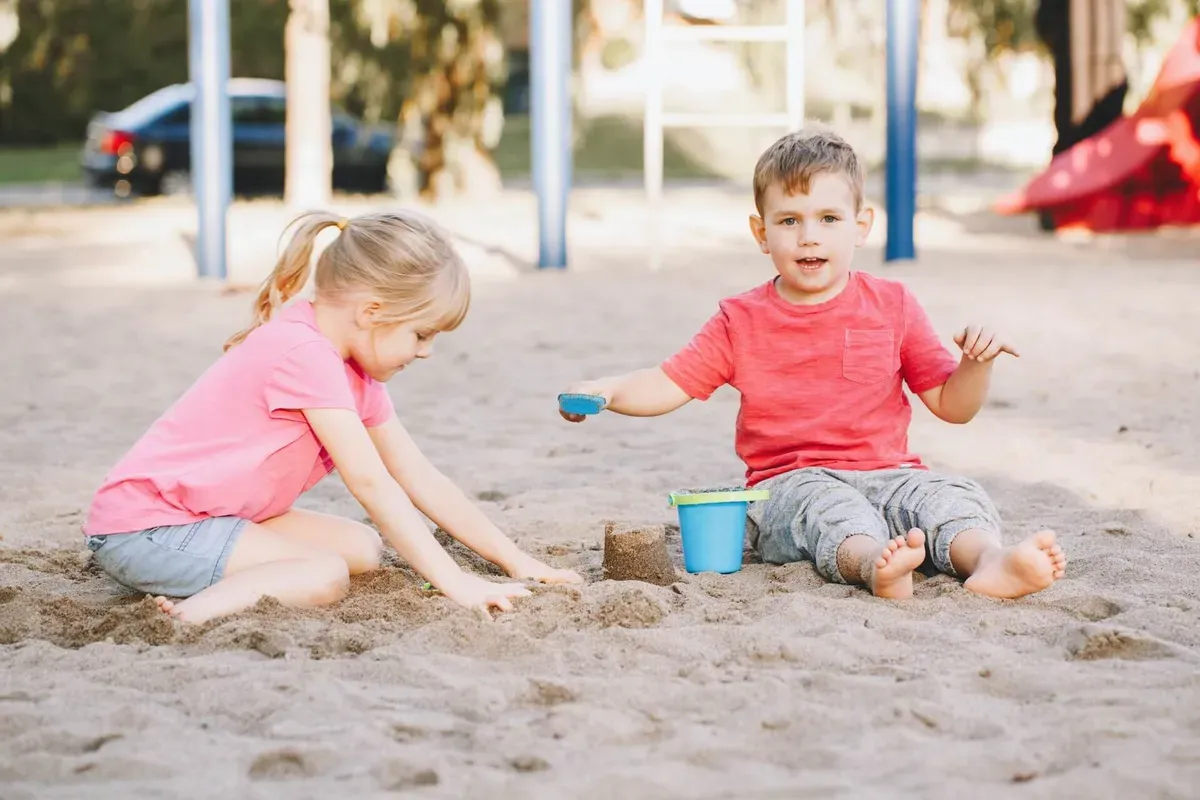
Play Therapy Techniques
If you are interested in Play Therapy and want to know about the general Play Therapy Techniques that therapists normally use, then check out our mini-guide about them and see which one best suits your approach!
Get carepatron free
Commonly asked questions
The end goal of Play Therapy and Play Therapy Techniques is to help the child develop the necessary skills that will improve their mental and emotional fortitude as well as how to process their emotions helpfully, how to solve problems more efficiently, etc. These will help them combat or work through problems like anxiety, depression, grief, loss, trauma, and a whole lot more.
Some techniques are best for older children while some are best for younger ones, but the answer isn’t always clear-cut given that every child is different from others. This is why it’s always best to observe the children in your program. You should pick the necessary Play Therapy Techniques depending on your observations for each child.
The reason for this is that the child lives with them. They spend more time with their parents and their guardians, not their play therapists (although, there might be special cases), so it’s best for them to be involved in the Play Therapy programs so they know how they can continue the efforts of the program at home.







